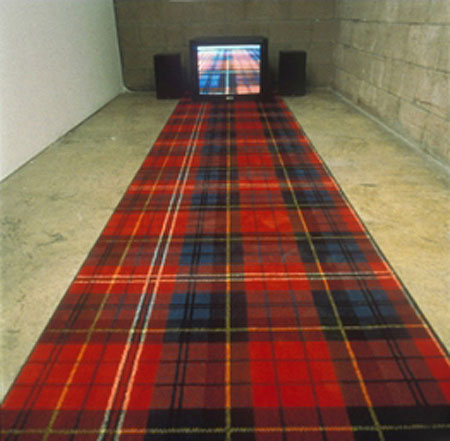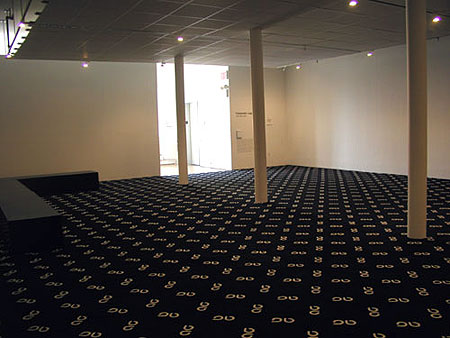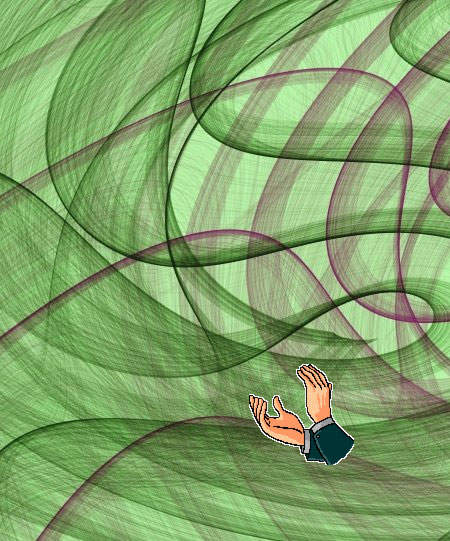
Joe McKay, Wofford, sculpture, 2007. Many of the works in McKay's current vertexList show are made with discarded cell phones. It's hard to escape the usage history of these ubiquitous devices and make them anything but an "artists do crazy things with the tools of the information age" statement but McKay's fuck all attitude almost escapes the Vvorklike. Don't know if this is the one described in the press release as "dog chewed"--in any case, the stuck orange pixel and its reflection makes a nice found Adolf Gottlieb.




